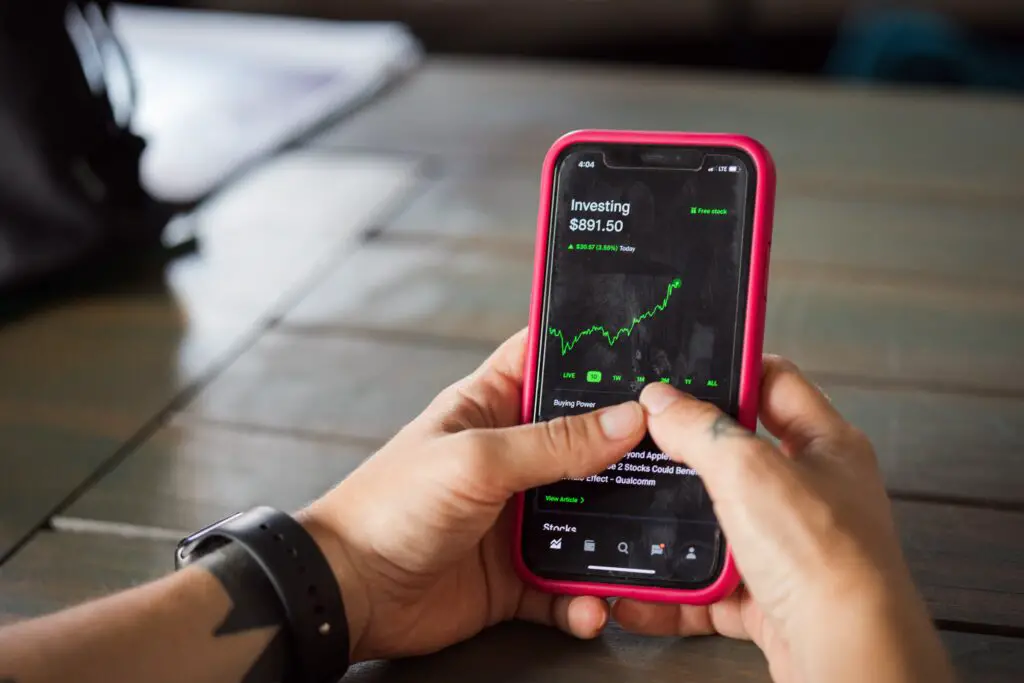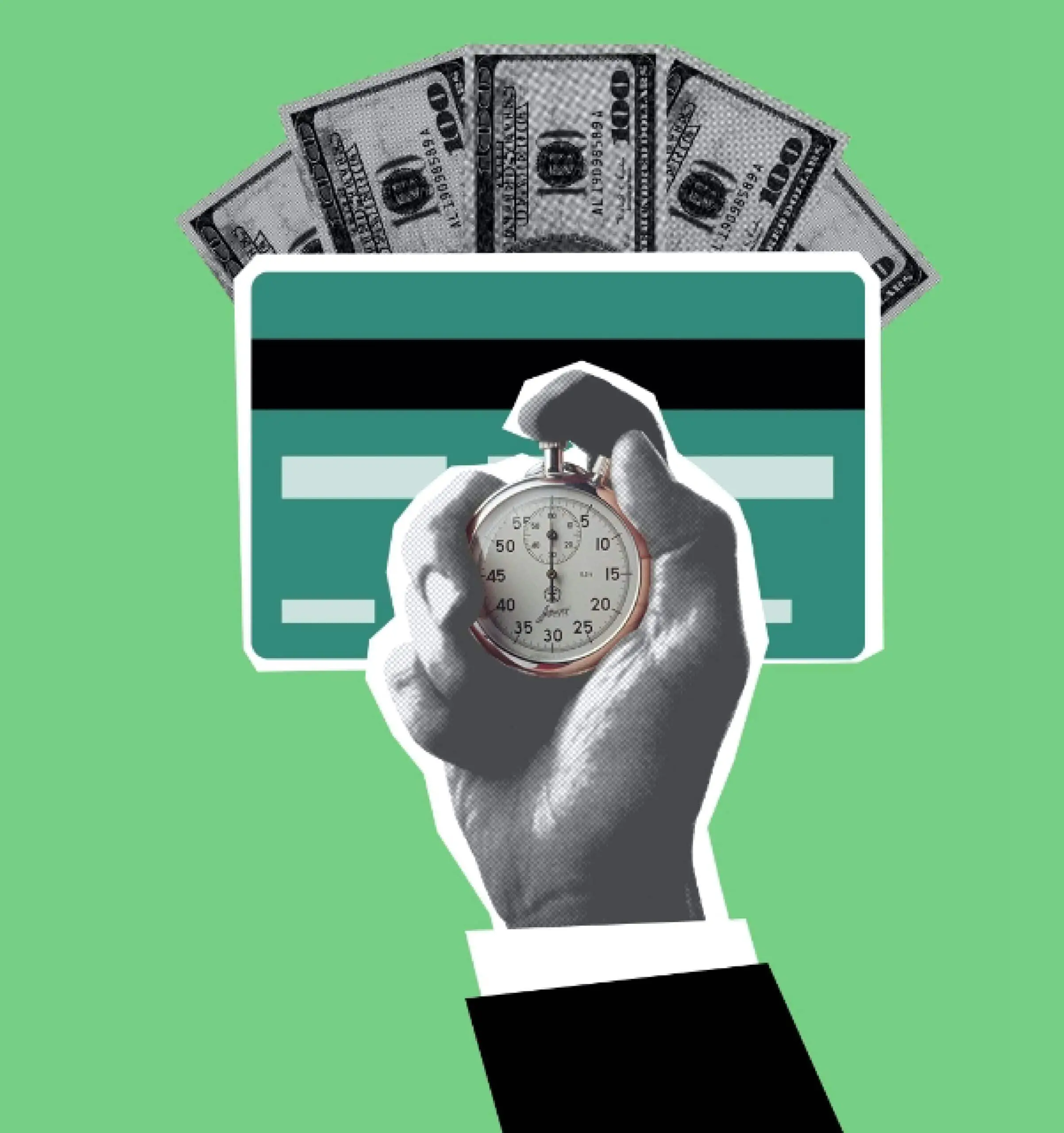What are power hour stocks? This is a question that many stock traders have been wondering since they first heard of the term.
In this guide, we will give you a detailed overview of power hour stocks. We will answer all of your questions about the topic. As a market participant, you will also learn how to maximize your profits during this time!
What is the meaning of power hour stocks?
The meaning of power hour stocks is when the market is most active and volatile. This is the time when most trades happen and prices can fluctuate rapidly. The 'power' comes from the high volume of trading activity and the potential for large profits (or losses).
An analogy of this would be traffic. During rush hour, there is a lot of traffic and it can be very chaotic. However, if you know how to drive in this environment, you can still get to your destination safely. The same goes for power hour stocks. If you know how to trade during this time, you can still make a profit.
Many day traders focus their attention on power hours to take advantage of the increased market activity. Long-term traders do not participate as frequently during power hours because they are more interested in the overall direction of the market rather than short-term fluctuations.
However, traders will usually experience a frenzy of activity as prices move up and down rapidly. The best way to take advantage of power hour is to have a sound strategy in place before the market opens. This will help you make decisions quickly and limit your risk exposure.
Make sure to keep reading because we will explain some more strategies and tips for what to do during power hour. But for now, just know that power hour is a time in the stock market where there's a high trade volume. It can be good or bad depending on how you approach it.
Why is it called power hour?
The name "power hour" comes from the fact that this is the time when the stock market has the most power and influence. During this time, traders will 'power' through the last hour of the trading day to make as many trades as possible.
This is the time when most day traders will be active in the market. They are trying to take advantage of the increased market activity and fluctuations. The goal is to make as many trades as possible and finish the day with a profit.
However, this can also be a risky time to trade. If you are not careful, you can easily lose money in the market. The excitement and quick pace of the market can make it easy to make mistakes. This is especially true for beginners because the lack of experience can cause them to make bad decisions.
It is also called 'power hour' because traders need to power their way through the day. The late afternoon is when many professionals are ready to call it a day and walk away from the trading desk. However, there is still one hour left until the market closes. So, the term 'power hour' can be used to encourage traders to focus until the very end.
When is power hour in stocks?
As a review, power hour is when many traders execute trades within the same hour. This might lead to a more chaotic market and rapid price fluctuation. Power hour typically begins one hour before the market closes.
The exact time of day that power hour occurs will depend on your time zone because the stock market is a global market. For example, if you live in New York and you are trading in the NYSE, then the power hour will be around 3 pm.
What time is power hour for the stock market?

3 pm is power hour when it comes to stocks. The power hour usually lasts for 60 minutes. It is often not an exact hour because some traders may decide to begin a little early to get ahead of the inevitable trading volume increase that comes with the power hour.
Another power hour time (although less common) is Friday morning as soon as the stock market opens. This is because traders may want to leave work early on Fridays to enjoy their weekends.
Individual traders may have their own 'power hour' if their schedule only allows them to trade for an hour a day. They may feel the need to power through their trades before their busy schedule requires them to leave the trading desk.
Generally speaking though, 3 pm would be when power hour begins. As a trader, it is important to be aware of this time and its effects. If you aren't, you may end up on the losing end of a trade.
Why is 3 pm Power hour stocks?
The reason why 3 pm is typically power hour for stock market trading is that it is one hour before the closing bell. This means that it is the last hour before traders can make a profit for the day. If they have a quota or a goal they need to reach before the end of the day, they would need to 'power' their way through the hour.
How power hour stocks work
As a trader, you may be watching the market at 1 pm and not much is happening. You decide to do some market research until 2 pm and return to your charting. You notice an uptick in trading volume but nothing significant. In the next 30 minutes, you might do some technical analysis or review some sector news.
All of a sudden at around 3 pm, it hits you...the market is about to move!
You make your trade and watch the market move in your favor. If you had stayed glued to your news screen and not your trading desk, you would have missed the opportunity. This is where power hour comes in.
Power hour is the time between 3 pm and 4 pm. It's the last hour of trading and it can be very volatile. This is when most of the big moves happen. If you're a day trader, this is the time to be trading intelligently. You don't want to miss out on these big moves.
The way power hour itself works is that there is an increase in trading volume and activity right before the market closes. This is because traders want to get their positions in before the end of the day.
They don't want to hold positions overnight because anything can happen while they're sleeping. This is why you'll see a lot of activity in the last hour of trading. You can participate if you know what you're doing and have a plan.
Here's the thing, power hours can be very unpredictable. The market could move in any direction. You could see a big move to the upside or the downside. To definitively say how power hour works, is difficult because it can be different each day. Each trader and position will also be different.
What do you do during power hours?

There are a few things that you should keep in mind if you're thinking about trading during power hour. As mentioned early, it's important to have a strategy in place. You need to know when to buy and sell. And, you need to be able to stick to your plan.
Some people like to day trade during power hour. That's when you buy stocks and then sell them later before the end of the day. If you're going to day trade during this time, you need to be aware of the risks.
The risk of trading during this time is that you might not be able to get out of a position profitable before the end of the day. This can be detrimental because you can end up with a loss if the market crashes first thing the next morning.
Another thing that you can do during power hour is to swing trade. This is when you hold a position for more than one day. The goal of swing trading is to profit from the up and down movements in the market. You can do this by buying when the market is low and then selling when it's high.
For example, if a stock is doing poorly and is trading downwards during the last hour, you might decide to buy it at a discount. If the company is projected to do well within the next few days or weeks, you can then sell it at a higher price and pocket the difference.
You can essentially buy low, let the market close, then sell high when the opportunity is ripe on another day.
As you can see, there are different strategies of what you can do during power hour. It really depends on your trading style, the stock, and your abilities.
There's no framework that everyone should follow because the stock market is a complex system. This is especially true during power hours when there is high trade volume and more variables that can influence the probability of success for any given trade.
Do stocks go up during power hours?
It depends on the stock and the market conditions. You might see a big move to the upside or the downside. It's important to have a strategy in place for either potential outcome. If you believe that power hour will result in a bull trend, you may ride it out for a quick profit before the market closes.
However, if your research leads you to believe that the market will trend downwards until the closing bell, you can also have some short positions. This will allow you to make money if the market falls as you anticipated.
You could also wait for the last few minutes and buy as long as you can if the company is still fundamentally strong. As mentioned earlier, this strategy would allow you to buy more shares at a discounted price to sell for a profit at a later date.
The goal is to do your analysis and develop a strategy before jumping into any trade. This way, you can be prepared for anything that might happen during power hour. Up or down, it shouldn't matter if you know what you are doing.
Should you avoid trading during power hour?
If you aren't comfortable trading during power hours, you should avoid it. It's not worth putting your capital at risk if you don't have the stomach for it. Many people avoid power hours because of the increased volatility.
Another reason why it might be a good idea to avoid power hour is if you do not have a plan or a clear understanding of how the market might move. By avoiding power hours, you can limit your losses and protect your capital.
Emotionally driven traders should also avoid power hours. This is because they might make impulsive decisions that can lead to big losses. The scarcity of time mixed in with the social proof of a trading direction can be a recipe for disaster.
Of course, this doesn't mean that you should never trade during power hours. If you are comfortable with the increased risk and have a plan, then go for it. Just be sure that you know what you are doing before putting your money on the line.
Conclusion
The bottom line is that power hour can be a great opportunity to make some quick profits. However, it's important to understand the risks involved before diving in. By following the tips above, you can minimize those risks and give yourself a better chance at success.
You can power through the last hour of the trading day or call it day. You are in control of how you want to trade.

